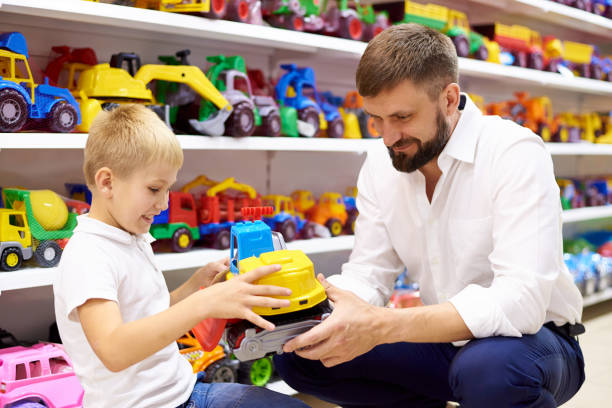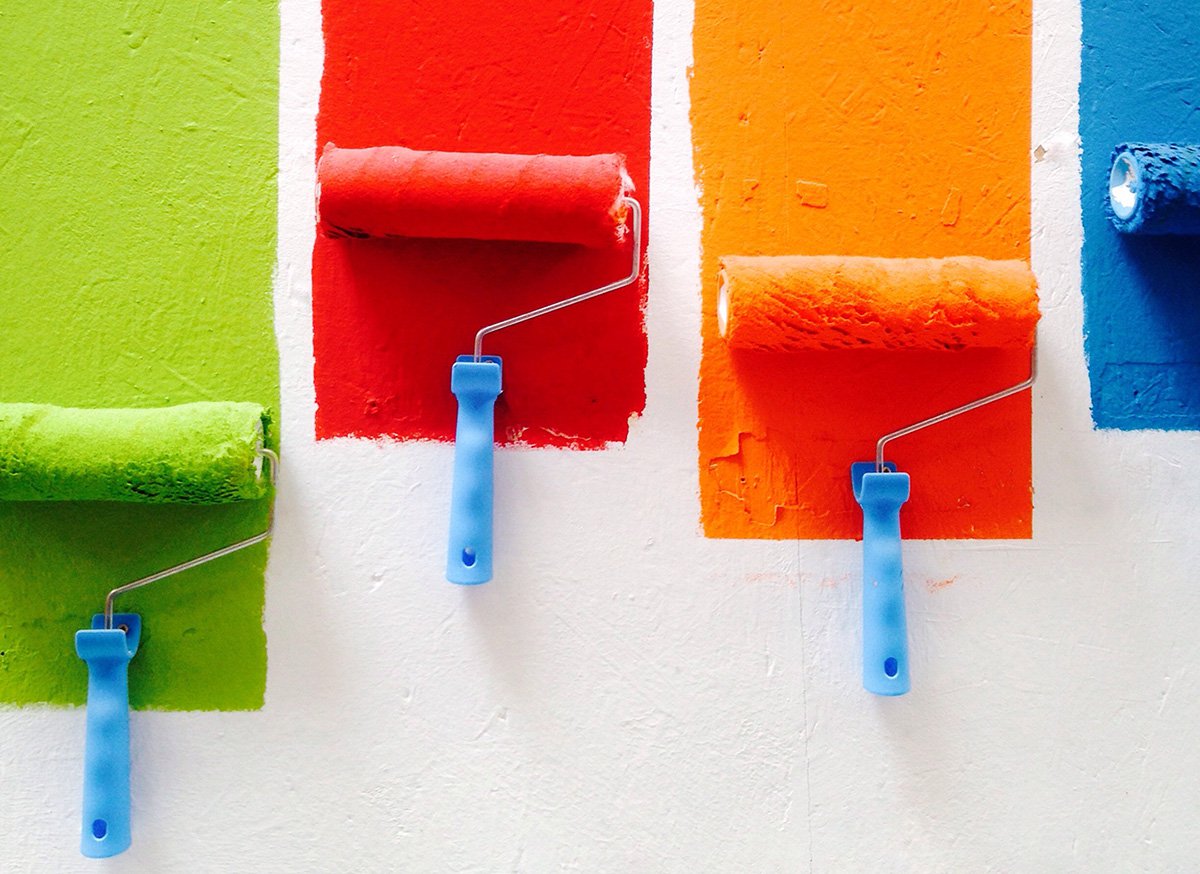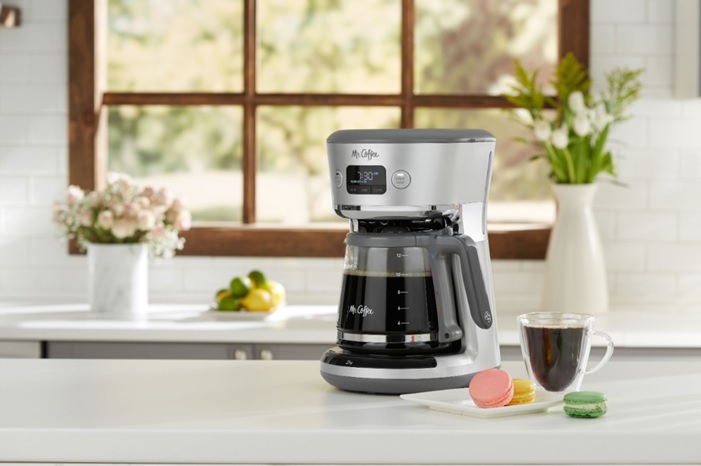Toddlers are curious tiny people who learn by doing. Play allows your kid to grow and acquire social skills at her speed while exploring her interests. The toys and playthings accessible to your kid can significantly impact her development. While it may appear that selecting toys for toddlers should be simple, the only thing that is simple nowadays is feeling stressed. There is a vast selection of toys designed just for toddlers.
- Select toys that can be utilized in several ways
Toddlers like taking apart, reassembling, pulling out, inserting, adding, and constructing. Choose ” open-ended toys,” meaning that your child may use them to play with various activities. For example, a road, a zoo, a bridge, or a spacecraft may be constructed using wooden or bulky plastic interlocking pieces. Toys like these assist your youngster in developing problem-solving and logical thinking abilities by igniting his creativity.
- Look for items that will develop with your youngster
We’ve all bought a toy that our youngster uses for two days and then discards it. To avoid this, search for enjoyable toys at various stages of growth, such as the viewfinder toy. Small plastic creatures, for example, can be used to create a shoebox home for a young toddler, while an experienced young child can use them to enact a narrative she thinks up.
- Choose toys that inspire problem-solving and discovery
Children may practice new abilities over and over again while playing. Toys that allow youngsters to figure something out independently—or with little guidance—help children develop logical thinking abilities and become determined problem-solvers. They also help create spatial relations abilities (the ability to grasp how objects fit together), hand-eye coordination, and manual dexterity in youngsters.
- Search for toys that encourage your child’s creativity
Your child’s inventiveness blossoms throughout his third year, as he learns to play the part of another (such as a king) and believes that there is something (such as a block) that is truly something other (like a piece of cake). Look for items your youngster may use to act out tales as he grows. Pretend play improves language and literacy skills and problem-solving and sequencing abilities (put events in a logical order).
- Allow your youngster to play with “actual” objects—or toys that resemble real objects
Your child is better at figuring out how things in her environment function, such as television remote controls and light switches. She also wants to play with your “real” goods, such as your phone, since she wants to be as big and capable as you. Problem-solving toys help children understand spatial connections and build fine motor abilities.
- Add some “getting ready to read” toys to the mix
Early reading and listening abilities can be developed with books, magnetic alphabet letters, and art tools like markers, pastels, and fingerpaints. Take-out meals, catalogs, and newspapers are “real-life” objects that your child may look at and play with while simultaneously teaching them about letters, text, and print.
- Look for energetic toys for your youngster
Toddlers do a variety of physical stunts as they gain strength and confidence in their bodies. Your role is to applaud your child’s latest playground accomplishment! Look for toys that will allow your youngster to practice and acquire new physical abilities.
- Look for toys that encourage intergenerational interaction
While adults and children may play with practically anything together, certain toys are specifically for adults. Introductory board games that entail using one’s memory or basic board games which do not need learning are entertaining for all ages to play when your children reach age three and beyond. Start a “family game night” where you can all play together. Arithmetic, pairing, memorization abilities, attentiveness, and self-control are all encouraged through board games. They also help to develop linguistic and social skills. Another significant advantage is that it teaches youngsters how to be gracious victors and deal with defeat.
- Look for any choking dangers
Small toddlers tend to put things in their mouths, creating small-part toys choking dangers. One fast rule is that if the toy or its parts fit into an empty toilet paper roll, they can be choked on. Plastic eyes tend to fall off dolls and stuffed animals, so look for ones with sewn-on eyes. Also, keep an eye out for minor game components. Although these kinds of activities are fun for older children, they can be dangerous for smaller interested siblings.
- Use batteries with caution
Batteries are created with potentially lethal chemicals, and as electronic gadgets become smaller, more of them employ tiny button batteries. Ensure that toys containing batteries are secured, such as behind a container that requires a screwdriver to open, so that the batteries do not fall out. Remote controllers and musical birthday cards, for example, may contain button batteries. If you’re giving a youngster a toy that demands batteries, don’t put a battery box with the package. Instead, hand the battery package over to the child’s parent or guardian.
- Assist in the preparation of children’s toys
Small pieces, tags, and string are commonly seen in toy packaging. Many of these pieces are readily swallowable or dangerous. As a result, it’s critical to unwrap toys before allowing youngsters to play with them. Ensure that all packaging goes straight into secure garbage. Allowing young toddlers to unpack their toys is not a good idea. Even if older youngsters appear capable of doing so, they may leave little package bits that might endanger a smaller sibling or family member nearby.
- Keep an eye on toy labels for age guidelines
Toy labels and instructions can assist in determining whether or not they are appropriate for a youngster. The majority of toys have an age recommendation. If you’re buying a toy for a youngster under the age of 14, ensure the child’s age falls within the suggested range on the product’s package. Studying labels and instructions can help prevent damage and provide useful information in general.
In conclusion, it’s important to be cautious to ensure you keep children safe.




